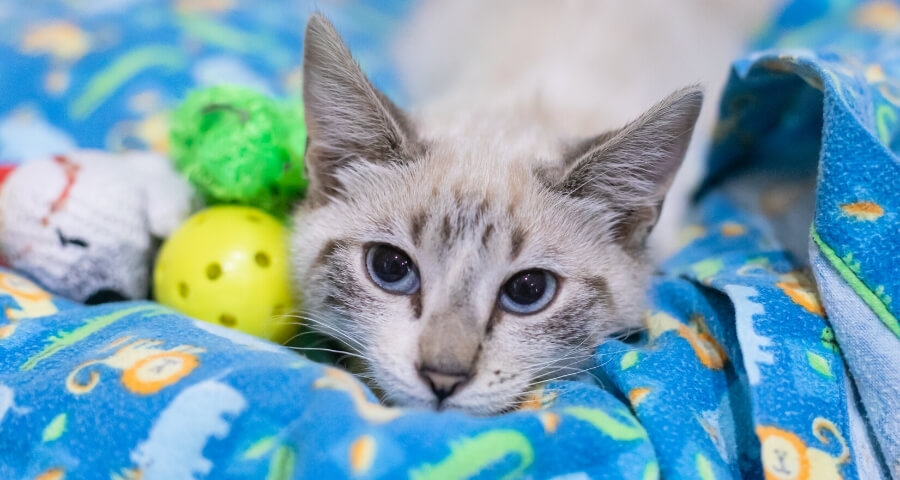Post-surgery TLC
Many owners ask how they can help their pet to heal comfortably and safely after surgery. Check out our general tips for a smooth recovery!
Post-anaesthetic
When you are taking your pet home after a sedation or anaesthetic, it’s best to give them a toileting opportunity before they hop into the car. Dogs and cats often receive intravenous fluids during veterinary procedures, and may have been too sleepy to toilet before, so they often have a full bladder! If your pet won’t go to the toilet at the clinic, try again when you get home.
If your pet still seems a bit tired and sleepy, set them up comfortably in a quiet, warm, confined area so they can safely sleep off the effects of the sedation or anaesthetic. Prevent them from using stairs until you’re sure they are back to full coordination.
Feeding
Some pets can feel a little nauseated after an anaesthetic or sedation. It’s best to offer your pet a small drink of water when they get home. If they drink this easily, and keep it down, you can offer them a small dinner an hour later. Unless your pet has special dietary needs, a meal of cooked chicken and rice is a tasty treat that’s also gentle on the stomach!
Pain monitoring
Depending on the type of surgery your pet has undergone, we may have given them pain relief at the clinic and possibly provided them with pain relief medication to go home with.
However, if you feel your pet is still uncomfortable, phone us to discuss the option of extra pain relief. Signs of pain in animals can include reluctance to move, hunched posture, acting withdrawn, reduced appetite, flinching or yelping/hissing when being touched.
Lastly, it’s important to follow any advice we give you specific to your pet’s particular surgery, such as rest and confinement periods, wound care, and follow-up checks. Following these tips will help your pet to feel great again ASAP!
If you have any more questions about post-surgery care, our team are happy to assist!

